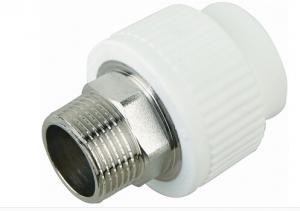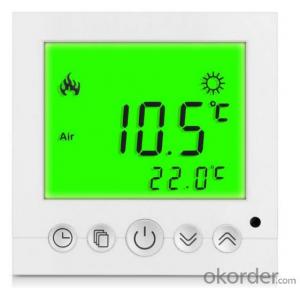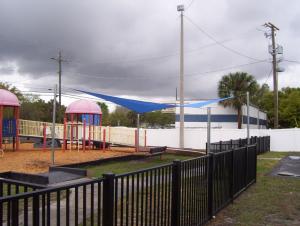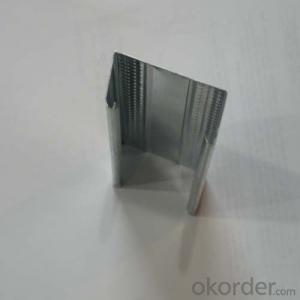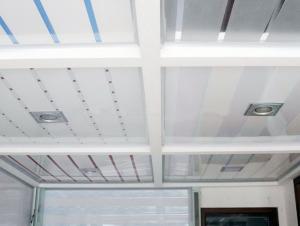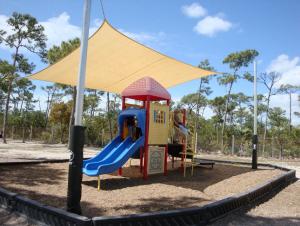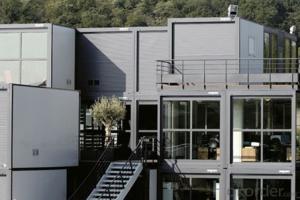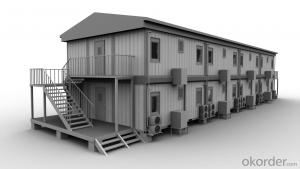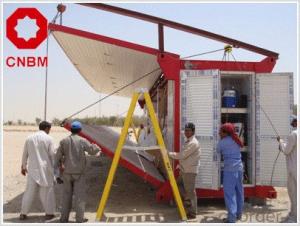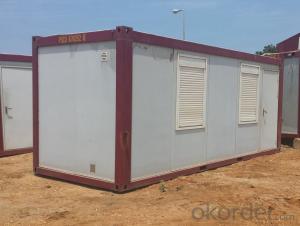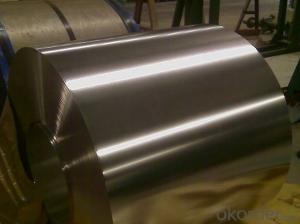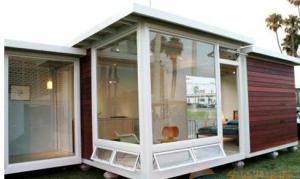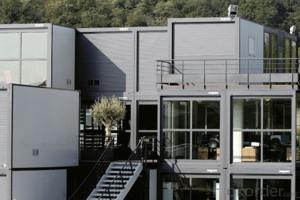Holiday Lights For House
Holiday Lights For House Related Searches
Best Paint For Stainless Steel Blanket Insulation For Steel Buildings Primer For Galvanized Steel Foam Filter For Stainless Steel H S Code For Stainless Steel Surface Grinding Wheels For Stainless Steel Surface Grinding Wheels For Hardened Steel Hole Saw For Stainless Steel Paint For Stainless Steel Stainless Steel For BbqHot Searches
Steel Mesh Panels For Sale Price For Stainless Steel Scrap Scrap Price For Stainless Steel Price For Stainless Steel Stainless Steel Plate For Sale Stainless Steel Tank For Sale Stainless Steel Sheets For Sale Cheap High Tea Sets For Sale Stainless Steel Tanks For Sale Stainless Steel For Sale High Density Fiberboard For Sale Solar Hot Water Collectors For Sale Scaffolding For Sale In Uae Scaffolding For Sale In Ireland Scaffolding For Sale In Houston Type Of Inverter For Solar Price Of Shipping Containers For Sale Types Of Inverter For Solar Stock Price For Aluminum Steel Mesh Panels For SaleHoliday Lights For House Supplier & Manufacturer from China
Okorder.com is a professional Holiday Lights For House supplier & manufacturer, offers integrated one-stop services including real-time quoting and online cargo tracking. We are funded by CNBM Group, a Fortune 500 enterprise and the largest Holiday Lights For House firm in China.Hot Products
FAQ
- Yes, container houses can certainly be designed with a communal garden. With proper planning and design, communal garden spaces can be incorporated into the layout of container houses, allowing residents to enjoy the benefits of gardening and fostering a sense of community.
- The type of foundation needed for a container house depends on various factors such as the soil conditions, climate, local building codes, and the intended use of the structure. There are several common types of foundations that can be suitable for container houses. One option is a concrete slab foundation, which involves pouring a solid concrete pad on which the containers can be placed directly. This type of foundation is relatively low-cost and provides a stable base for the containers. However, it may require excavation and site preparation. Another option is a pier foundation, which involves placing concrete piers or footings beneath the corners of each container and occasionally along the walls for added support. This type of foundation is suitable for sites with uneven terrain or areas with poor soil conditions. It allows for better airflow under the containers and can be more cost-effective in some cases. In areas with high water tables or flood-prone regions, a raised foundation or stilts may be required. This involves elevating the containers on piers, columns, or stilts to keep them above the flood level. This type of foundation not only protects the structure from potential water damage but also allows for better ventilation and airflow. It's important to consult with a structural engineer or a professional experienced in container house construction to determine the most appropriate foundation for your specific project. They will consider factors such as soil testing, local regulations, and the desired load-bearing capacity to ensure a safe and structurally sound foundation for the container house.
- What is the difference between a container house and an activity board?
- the vertical direction can be stacked up to three layers. Box body structure is the use of special steel welded from the standard components, boxes and boxes connected by bolts, simple structure, easy installation
- To ensure optimal energy efficiency and comfort, container houses employ various insulation methods. The insulation materials commonly utilized include spray foam, fiberglass, and rigid foam panels. These materials are applied to the container's interior walls, ceiling, and floor to establish a thermal barrier. Spray foam insulation is a favored choice due to its ability to expand and fill any gaps or crevices, creating an airtight seal that hinders heat transfer. This insulation is sprayed onto the container walls and solidifies into a cohesive layer. Another frequently employed option is fiberglass insulation. It consists of delicate glass fibers positioned between the container walls and shielded by a vapor barrier, preventing moisture accumulation. This type of insulation offers cost-effectiveness and commendable thermal performance. Rigid foam panels, composed of polystyrene or polyurethane, are also implemented in container house insulation. These lightweight and durable panels are affixed to the container walls, providing superb insulation properties. Reflective insulation may also be incorporated in container houses. This involves the installation of reflective foil or radiant barriers on the interior walls or roof of the container. These barriers deflect heat away from the house, maintaining cooler temperatures in hot climates. The insulation process plays a pivotal role in regulating indoor temperature, reducing energy consumption, and establishing a comfortable living environment in container houses. By combining various insulation materials and techniques, container houses can achieve remarkable insulation efficiency, making them a sustainable and cost-effective housing solution.
- Yes, container houses can be suitable for small business owners for several reasons. Firstly, container houses are cost-effective compared to traditional brick and mortar structures. Small business owners often have limited budgets, and container houses provide an affordable option for setting up a business location. Secondly, container houses are highly versatile and customizable. They can be modified and tailored to meet the specific needs of different types of businesses. Whether it is a retail store, office space, or a small café, container houses can be adapted to create a functional and attractive workspace. Additionally, container houses are portable and can be easily relocated. This feature is particularly beneficial for small business owners who may need to change their location or expand their business in the future. Container houses can be easily transported to a new site, saving time and money on construction costs. Moreover, container houses are eco-friendly and sustainable. They are often made from recycled materials, reducing the environmental impact associated with traditional construction methods. Small business owners can align their business with sustainable practices by choosing a container house as their workspace. Overall, container houses provide a practical and affordable solution for small business owners. They offer versatility, cost-effectiveness, portability, and eco-friendliness, making them a suitable option for entrepreneurs with limited resources but big ambitions.
- Yes, container houses can indeed be designed to be self-sufficient. With careful planning and integration of sustainable technologies, it is possible to create container homes that generate their own energy, collect and store rainwater, and manage waste effectively. To achieve self-sufficiency, container houses can incorporate renewable energy systems such as solar panels or wind turbines. These systems can capture and convert sunlight or wind into electricity to power the house's appliances, lighting, and heating or cooling systems. By utilizing energy-efficient appliances and LED lighting, container homes can optimize energy usage and reduce overall consumption. Furthermore, container houses can also incorporate rainwater harvesting systems. These systems collect rainwater from the roof, which can then be stored in tanks for various household uses, such as flushing toilets, watering plants, or even filtering and purifying for drinking purposes. This reduces dependency on municipal water supply and helps conserve water resources. In terms of waste management, container houses can utilize composting toilets and greywater recycling systems. Composting toilets turn human waste into compost, which can be used as fertilizer for plants. Greywater recycling systems collect and treat water from sinks, showers, and laundry, making it suitable for non-potable uses like irrigation or toilet flushing. These systems minimize water waste and reduce the environmental impact of sewage disposal. Additionally, container houses can be designed with proper insulation and ventilation to optimize temperature control, reducing the need for excessive heating or cooling. Passive design strategies, such as strategic window placement, shading elements, and insulation, can help maintain a comfortable indoor environment without relying heavily on energy-consuming HVAC systems. Overall, container houses can be designed to be self-sufficient by integrating sustainable technologies and adopting eco-friendly practices. While achieving complete self-sufficiency may require adjustments in lifestyle and consumption patterns, container homes offer a versatile and cost-effective platform to create environmentally friendly living spaces.
- Yes, container houses can be suitable for areas with strict building codes. While they may require some modifications and additional permits to meet the specific requirements, container houses can still comply with building codes when built and designed properly. It is essential to work with experienced architects and contractors who are knowledgeable about local regulations to ensure compliance and obtain the necessary approvals.
- Container houses can indeed incorporate a solar power system into their design. In fact, numerous container houses are already being constructed with solar panels as an environmentally friendly and economical energy source. The adaptable nature of container houses allows for convenient installation of solar panels on the roof or even on the sides of the containers. These solar panels can harness solar energy, converting it into electricity and storing it in batteries within the container. This ensures a dependable and sustainable power supply for the house. With the advancements in solar technology, it is now feasible to create container houses that are completely off-grid, meaning they can function independently from the conventional power grid, relying solely on solar power. This not only diminishes the carbon footprint but also provides increased flexibility and self-sufficiency for homeowners residing in container houses.















